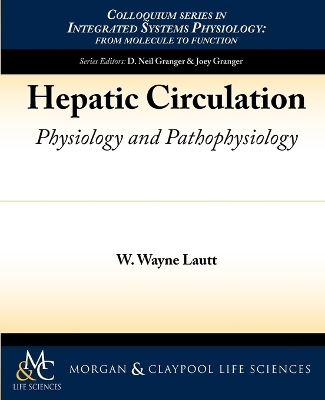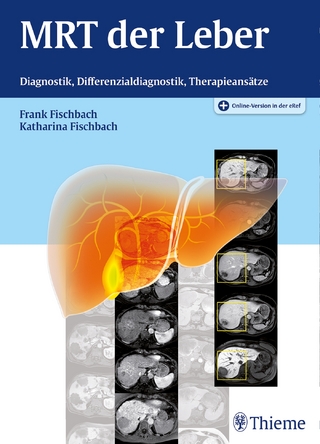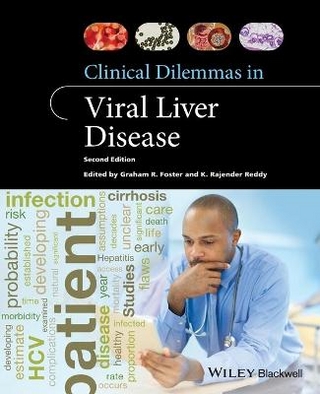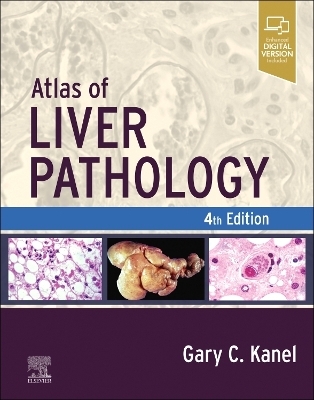
Hepatic Circulation
Seiten
2009
Morgan & Claypool Publishers (Verlag)
978-1-61504-009-4 (ISBN)
Morgan & Claypool Publishers (Verlag)
978-1-61504-009-4 (ISBN)
Focuses the student and researcher on a unique vascular bed: the hepatic circulation. This title presents the development of knowledge of the hepatic vasculature from a historical perspective with modern concepts summarized based on the perspective of the author's four decades of devotion to this most marvelous of organs.
The Hepatic circulation is unique among vascular beds. The most obvious unique features include the dual vascular supply; the mechanism of intrinsic regulation of the hepatic artery (the hepatic arterial buffer response); the fact that portal blood flow, supplying two thirds of liver blood flow, is not controlled directly by the liver; the fact that 20% of the cardiac output rushes through the most vascularized organ in the body, driven by a pressure gradient of only a few millimeters of mercury; the extremely distensible capacitance and venous resistance sites; the unidirectional acinar blood flow that regulates parenchymal cell metabolic specialization; and the high concentration of macrophagic (Kupffer) cells filtering the blood. The liver is the only organ reported to have regional blood flow monitored by the autonomic nervous system. This mechanism, when dysfunctional, accounts for the hepatorenal syndrome and offers a mechanistic therapeutic target to treat this syndrome. The trigger for liver regeneration is dependent on hepatic hemodynamics so that chronic liver blood flow regulates liver cell mass. In severe liver disease, the whole body circulation is reorganized, by forming portacaval shunts, to accommodate the increased intrahepatic venous resistance. These shunts protect the venous drainage of the splanchnic organs but lead to loss of major regulatory roles of the liver. The development of knowledge of the hepatic vasculature is presented from a historical perspective with modern concepts summarized based on the perspective of the author’s four decades of devotion to this most marvelous of organs.
The Hepatic circulation is unique among vascular beds. The most obvious unique features include the dual vascular supply; the mechanism of intrinsic regulation of the hepatic artery (the hepatic arterial buffer response); the fact that portal blood flow, supplying two thirds of liver blood flow, is not controlled directly by the liver; the fact that 20% of the cardiac output rushes through the most vascularized organ in the body, driven by a pressure gradient of only a few millimeters of mercury; the extremely distensible capacitance and venous resistance sites; the unidirectional acinar blood flow that regulates parenchymal cell metabolic specialization; and the high concentration of macrophagic (Kupffer) cells filtering the blood. The liver is the only organ reported to have regional blood flow monitored by the autonomic nervous system. This mechanism, when dysfunctional, accounts for the hepatorenal syndrome and offers a mechanistic therapeutic target to treat this syndrome. The trigger for liver regeneration is dependent on hepatic hemodynamics so that chronic liver blood flow regulates liver cell mass. In severe liver disease, the whole body circulation is reorganized, by forming portacaval shunts, to accommodate the increased intrahepatic venous resistance. These shunts protect the venous drainage of the splanchnic organs but lead to loss of major regulatory roles of the liver. The development of knowledge of the hepatic vasculature is presented from a historical perspective with modern concepts summarized based on the perspective of the author’s four decades of devotion to this most marvelous of organs.
University of Manitoba
Acknowledgements
Historical Perspectives
Overview
Fluid Exchange
Capacitance
Resistance in the Hepatic Artery
Resistance in the Venous System
Fetal and Neonatal Hepatic Circulation
In Vivo Pharmacodynamic Approaches
Nitric Oxide
Adenosine
Hepatic Nerves
Hepatic Circulation and Toxicology
Hepatorenal Syndrome
Integrative Hepatic Response to Hemorrhage
Blood Flow Regulation of Hepatocyte Proliferation
Multiple Mechanisms Maintaining a Constant Hepatic Blood Flow to Liver Mass Ratio
Pathopharmacology and Repurposing Drugs as a Research Strategy
References
| Reihe/Serie | Colloquium Series on Integrated Systems Physiology |
|---|---|
| Verlagsort | San Rafael |
| Sprache | englisch |
| Maße | 191 x 235 mm |
| Gewicht | 333 g |
| Themenwelt | Medizinische Fachgebiete ► Innere Medizin ► Hepatologie |
| Studium ► 1. Studienabschnitt (Vorklinik) ► Physiologie | |
| ISBN-10 | 1-61504-009-9 / 1615040099 |
| ISBN-13 | 978-1-61504-009-4 / 9781615040094 |
| Zustand | Neuware |
| Haben Sie eine Frage zum Produkt? |
Mehr entdecken
aus dem Bereich
aus dem Bereich
Diagnostik, Differenzialdiagnostik, Therapieansätze
Buch (2016)
Thieme (Verlag)
101,00 €
Buch | Hardcover (2023)
Elsevier - Health Sciences Division (Verlag)
259,95 €


